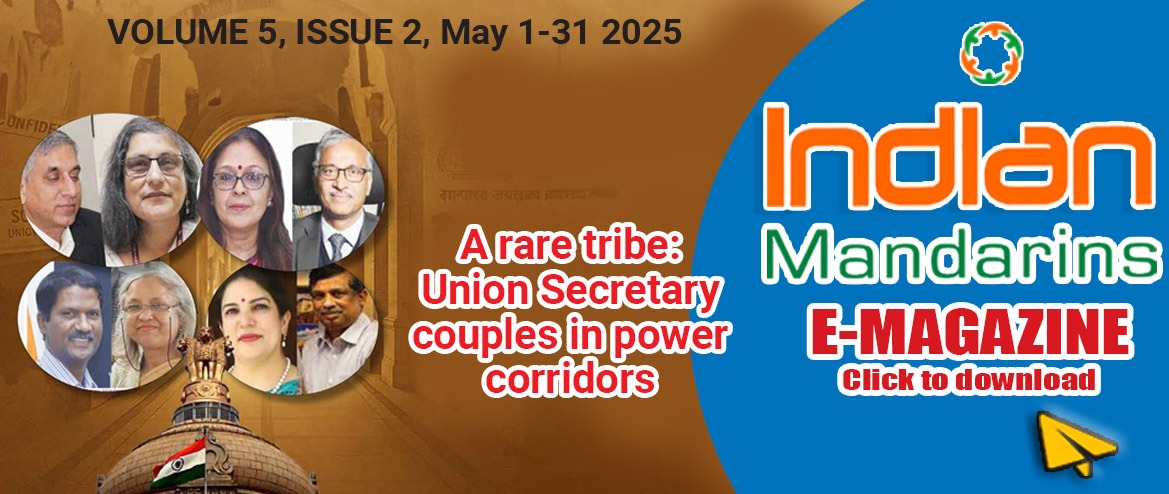14.04.2024: The sixteenth chapter of the Bhagavad Gita is titled ' Daiva-Asura Sampad Vibhag Yoga '. It is attaining Union through the distinction of the Divine and Demonic Natures. Each one of us represents several possibilities, which can be clubbed as Daiva (divine) and Asura (demonic). ' Daiva ' is the internal journey towards Paramatma and ' Asura ' is away from HIM. Krishna mentions ' Abhayam ' as the first Daiva quality (16.1). Though Abhayam is interpreted as fearless, it is beyond that.
To understand the Bhagavad Gita, we should always keep in mind the third alternative. It is neither raag (fondness) nor viraag (aversion) but transcending both to be veet-raag which is the third stage. Similarly, it is neither aasakti (attachment) nor virakti (detachment) but it is anaasakti . We are quite aware of the polarities of aasakti/raag or virakti/viraag , but transcending to the third stage is the challenge. Similar is ' Abhayam ', which is beyond both fear and fearlessness. While fear is an expression of an inner feeling, fearlessness could be suppression of that feeling, however, Abhayam is beyond both.
Firstly, not getting the desired results leads to fear and anger. Abhayam is shedding the fruits of action (karmaphal) to accept any outcome we face as HIS blessings (2.47) while maintaining the inner balance between pleasure-pain; gain-losses; and victory-defeat (2.38).
Secondly, death is our fundamental fear which also includes the death of our beliefs, paradigms, good times and death (loss) of our possessions. Abhayam is embracing the 'opposite of our beliefs', as they are also a part of HIM. In fact, some cultures encourage the use of death as a tool to attain Abhayam .
Krishna keeps Abhayam as the first requirement towards the journey to Paramatma as Abhayam is essential to dissolve oneself like a salt doll in the ocean; to face HIS fearful Vishwaroopam .
































